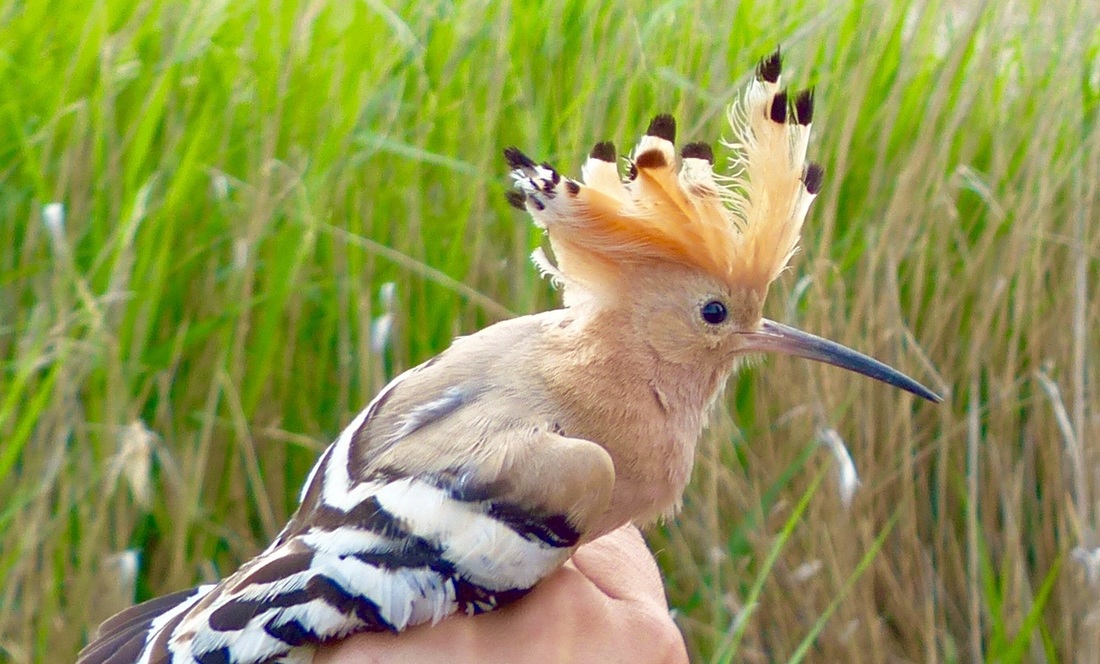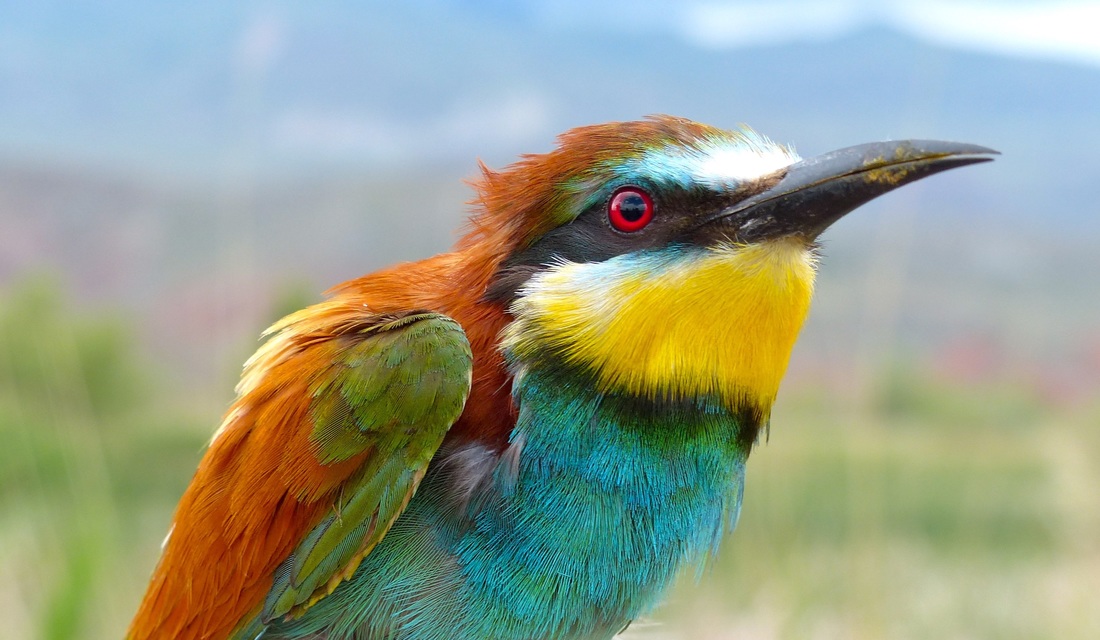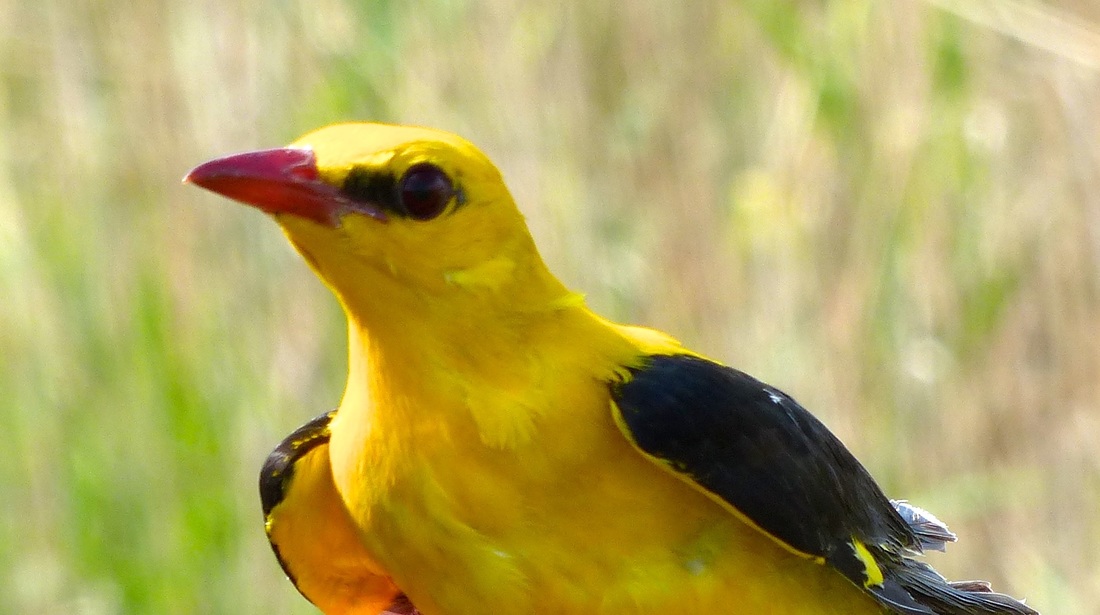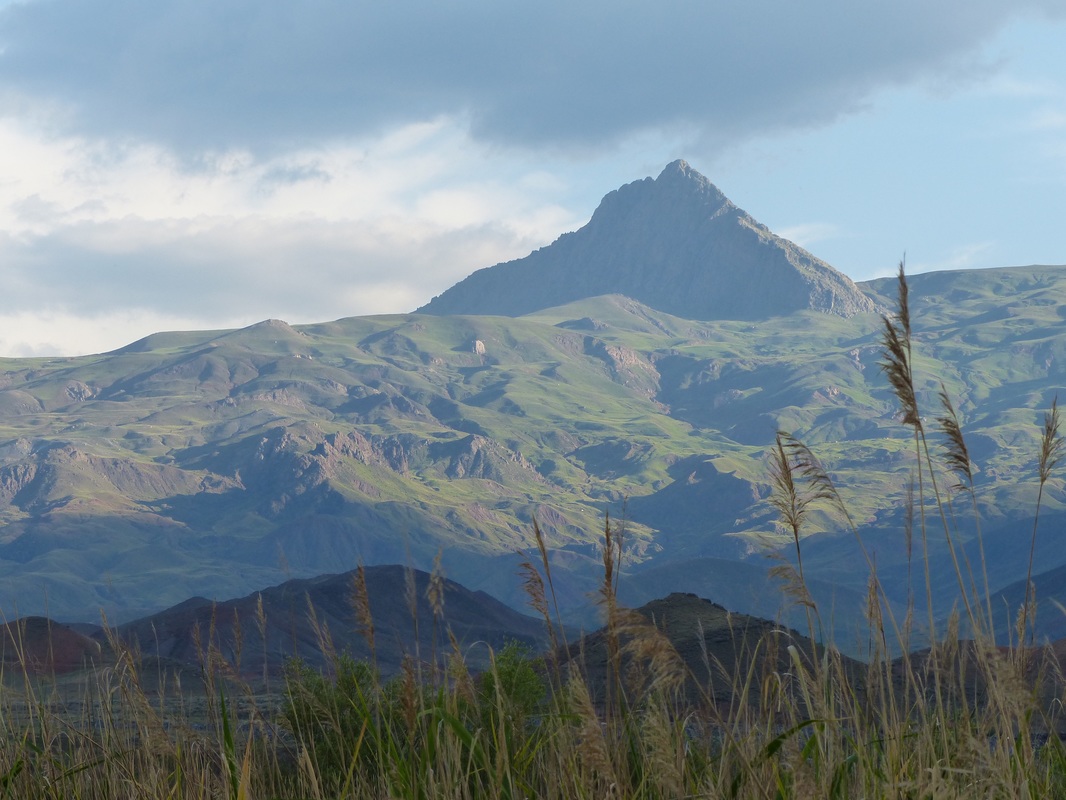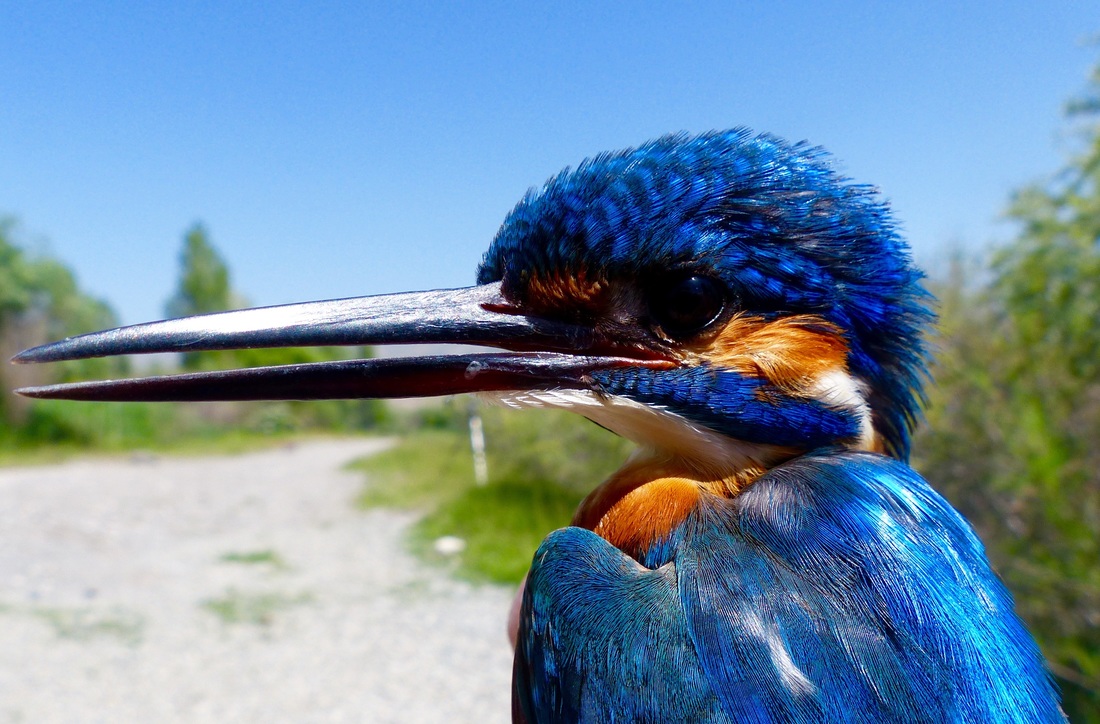Bird banding in Turkey
|
Every spring since 2014, I've helped run a bird banding station in the Aras River Valley in eastern Turkey, just a few kilometers away from the Armenian border.
Bird banding consists of erecting a series of mist nets - fine mesh material difficult for birds to see - and taking measurements of all birds that get caught. In addition to morphological and life-history information, every bird is fitted with a leg band stamped with a unique number. This allows us to determine if a bird has been caught before and in turn, we can assess how populations are changing in regard to size, bird health, age demographics, and more. The Aras station operates ~50 mist nets from dawn until dusk during every migration season. The station has been in operation since 2005 making it an invaluable source of long-term trends in the region's bird community. The station lies at the intersection of three major global flyways (areas of high migratory activity) making it an extremely diverse place to study migratory birds. So far we've caught over 60,000 birds and documented over 250 species. All the birds below were caught and banded at our Aras banding station. |
